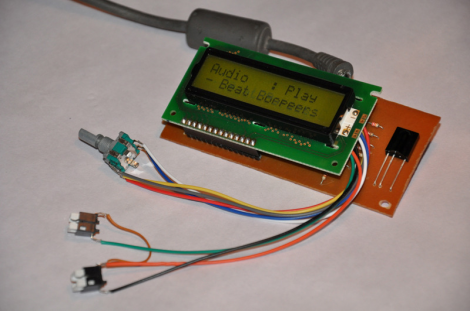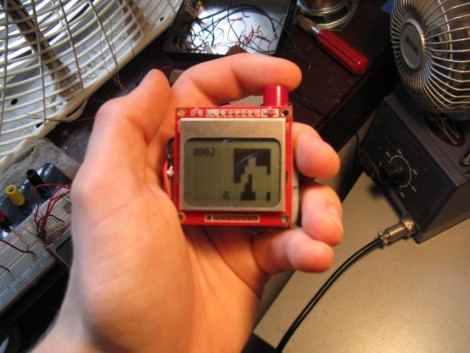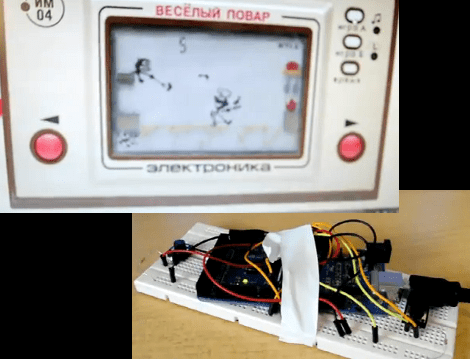
[Sergio Campamá] wrote in to tell us he’s assembled a guide for compiling the latest release of MSPGCC. This is a cross-compiling tool chain for the popular MSP430 line of microncontrollers. We used a version available from the Ubuntu repositories when developing with the TI Launchpad and the eZ430-F2013.
Installing from repositories is easy, but you don’t get the newest features and often newer hardware isn’t supported. [Sergio] reports that the newest version, called Uniarch, pulls source code and header files from the middle of this month and supports over 300 devices. In fact, it specifically outlines the goal of making new hardware easier to incorporate than with previous versions. He’s tailored this guide specifically for Ubuntu but while we were wading through a Google search we also found a page that outlines compilation for OSX.
We didn’t really notice before, but GitHub sure does make those README.md files look nice when viewed on the web, doesn’t it?
















